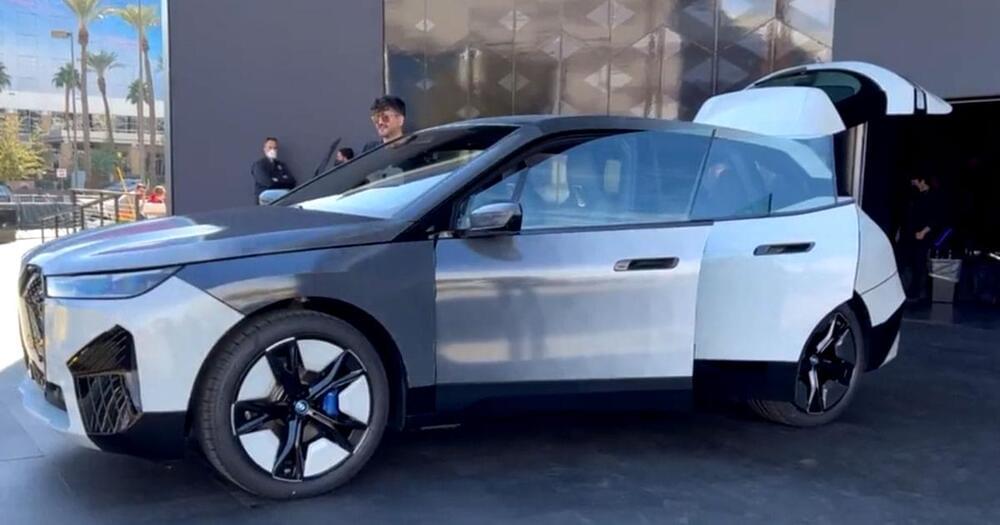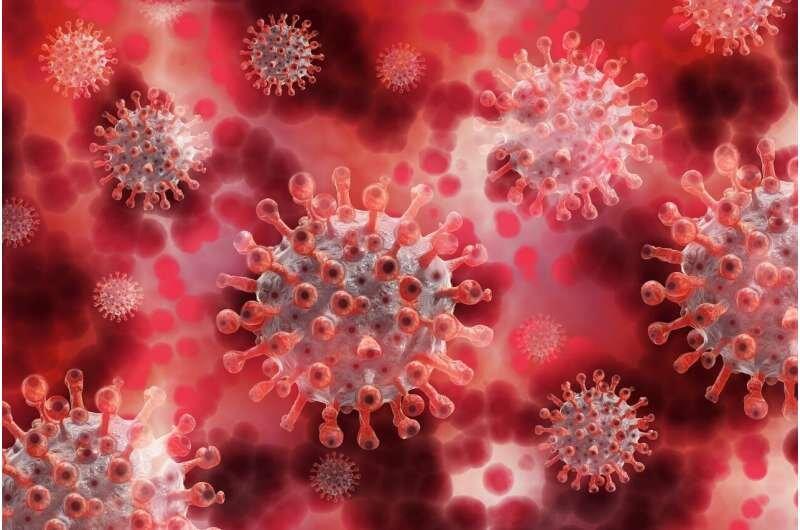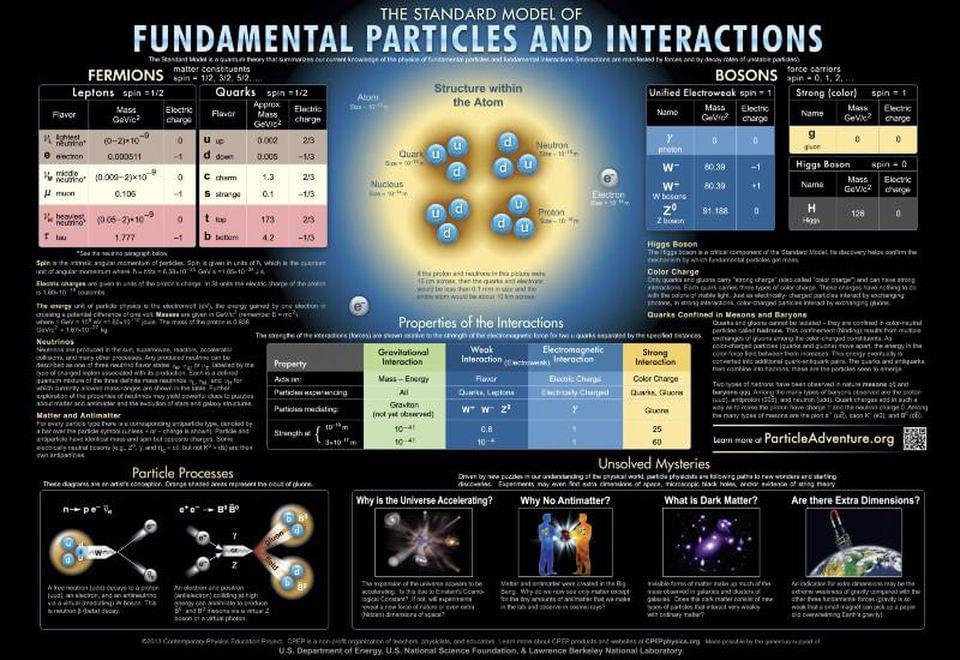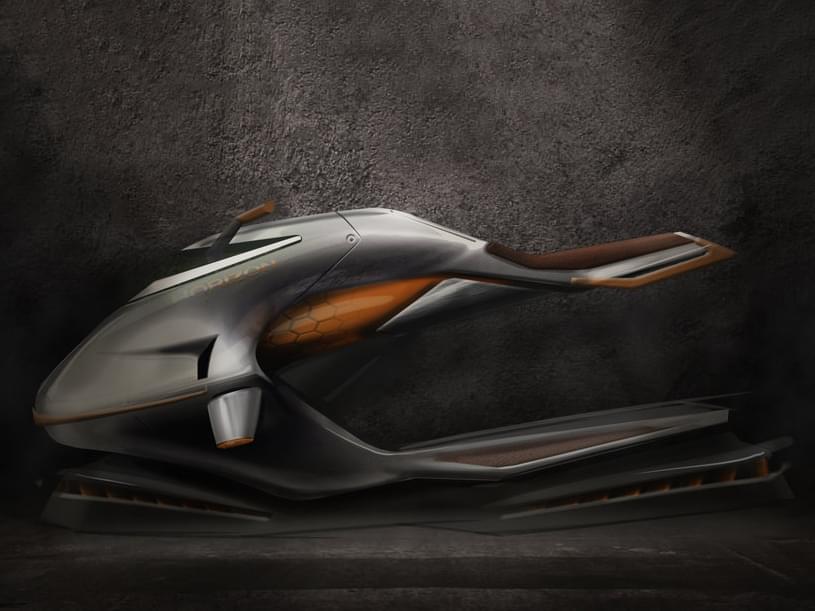Bad Neuenahr-Ahrweiler 21/12/2021. The power plant of technical service providers Faber Infrastructure and YESSS Elektro illuminates St. Pius Church and supplies two construction planning office containers with environment-friendly solar power. This is where the consulting engineers of the Ahr Valley Cooperation prepare their damage surveys for the residents affected by the flood disaster in Rhineland-Palatinate’s Ahr Valley – strictly on a cost-covering basis and not for profit.
See also: Economic losses from weather extremes amplify each other.









